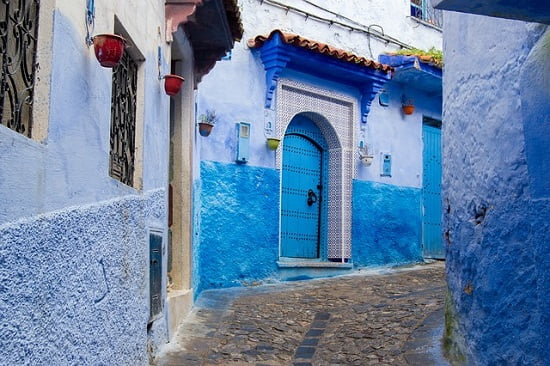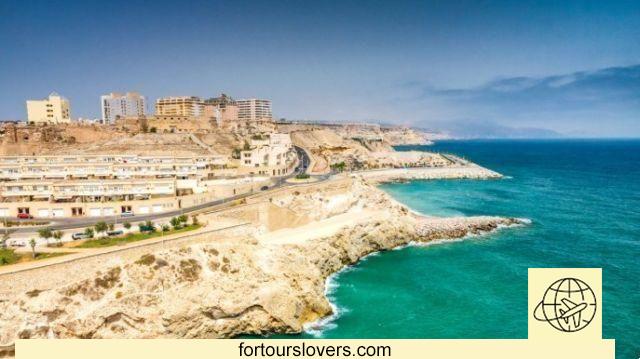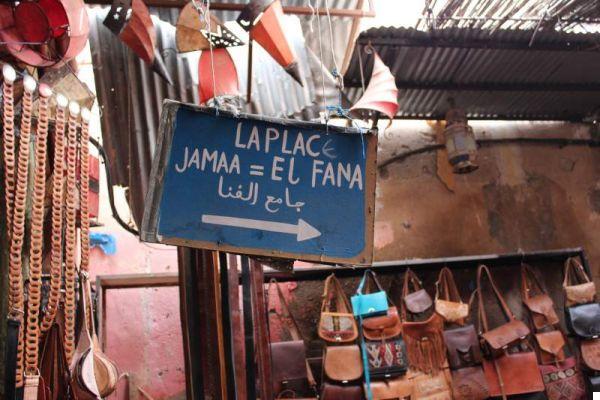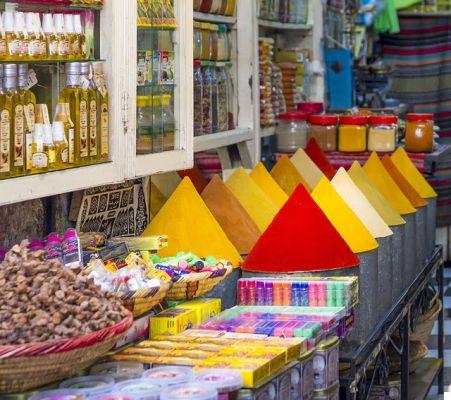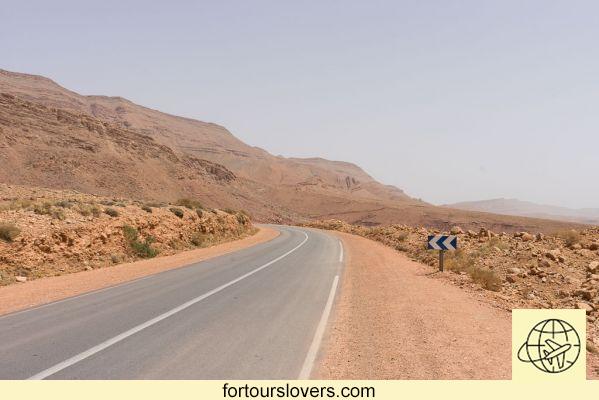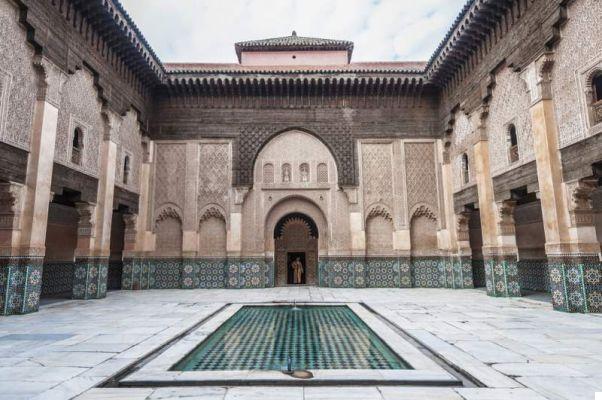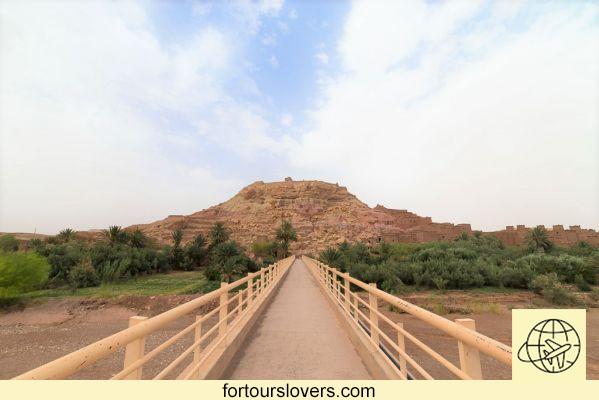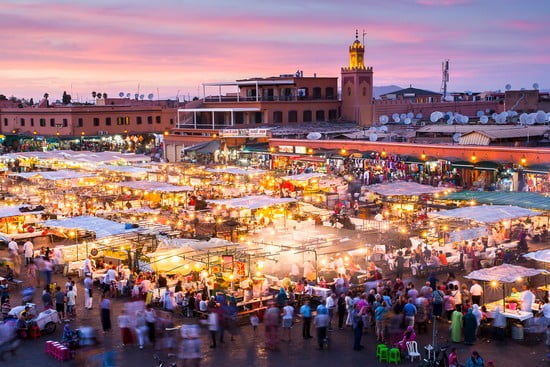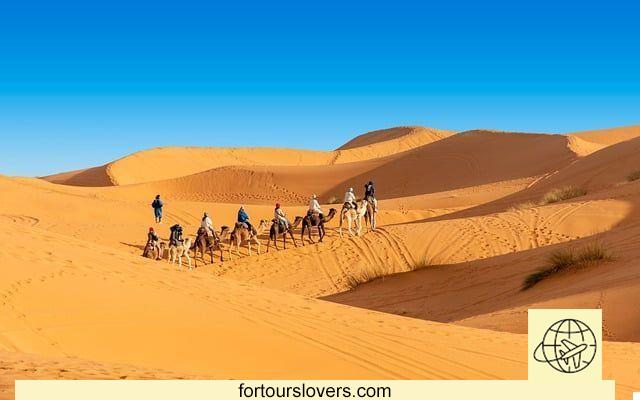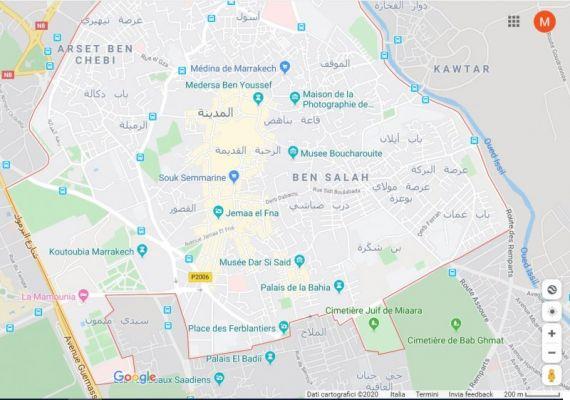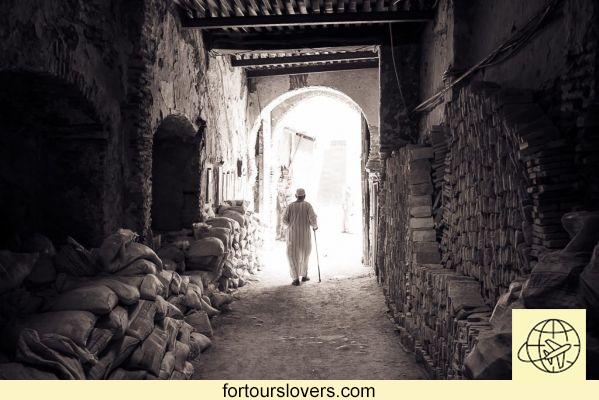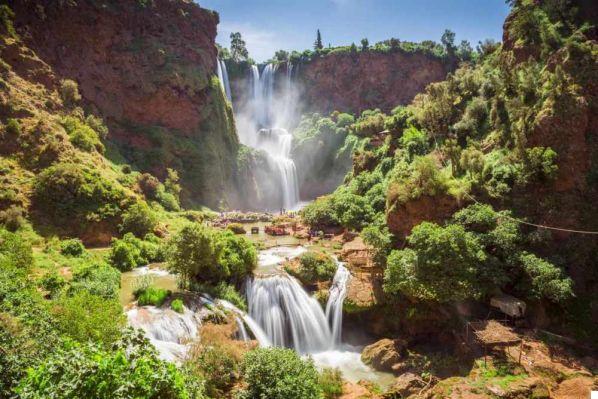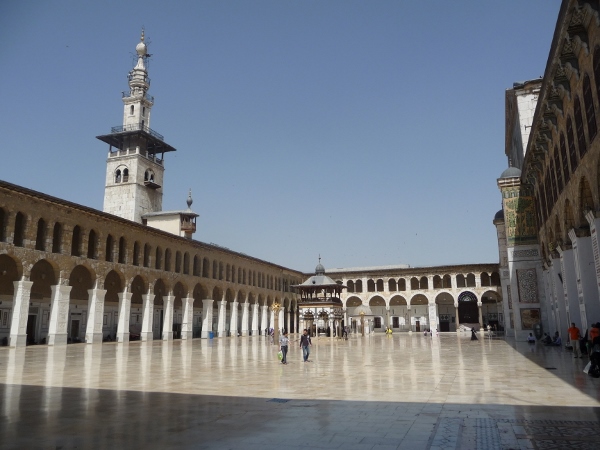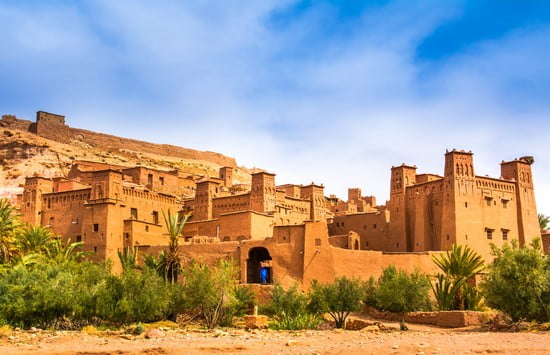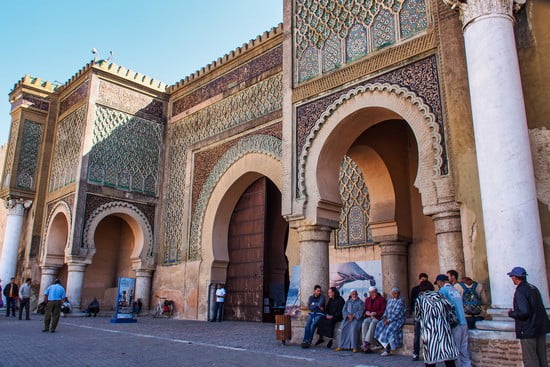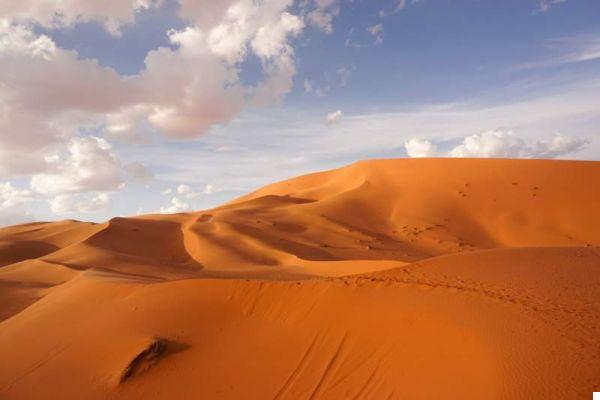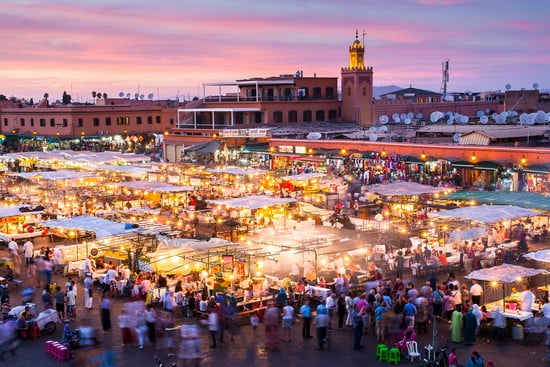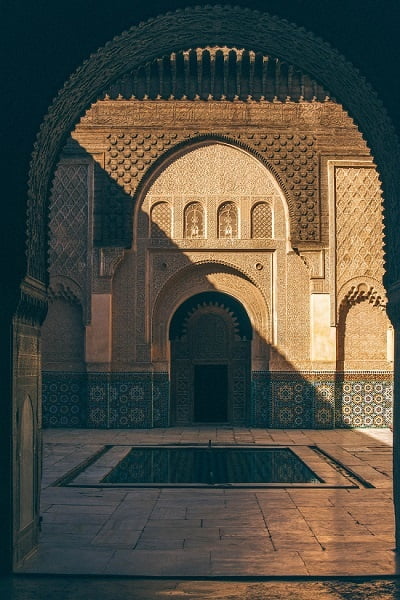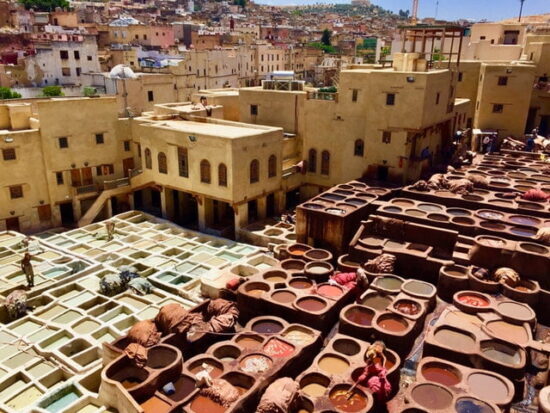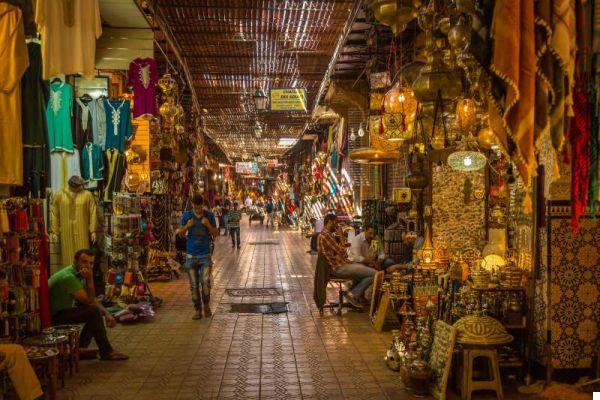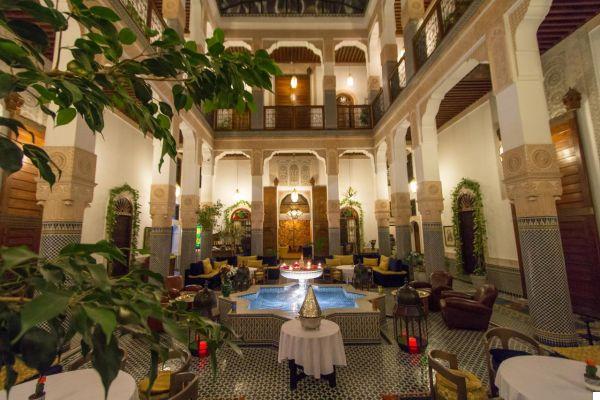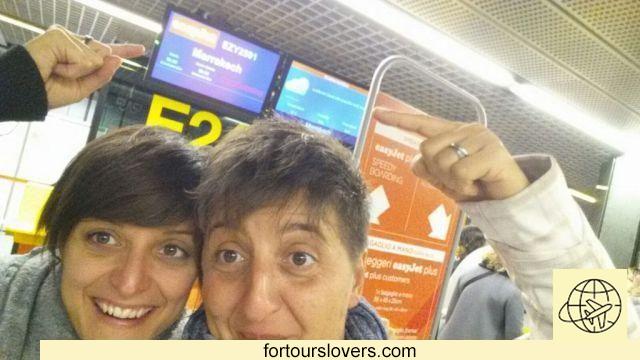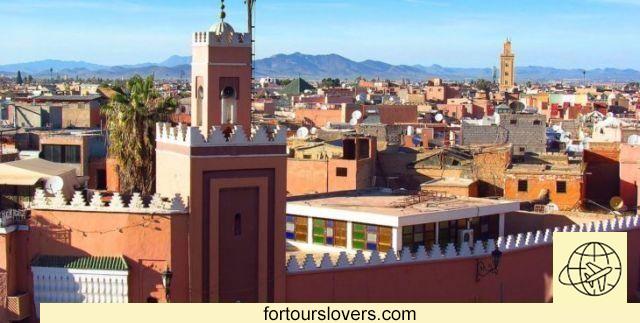
Marrakech
9 things to do and see in Marrakech and 4 not to doIn Marrakech (or Marrakesh) it is it is forbidden to be bored. The colors, the architecture, the souqs, the fiery sunsets, the song of the muezzin are the aspects that attract every year millions of visitors. Important numbers, especially if we consider that the tourist part actually coincides with the Medina, the "old city". In Ville Nouvelle, the "new part", where the majority of the population lives (Marrakech has about 1 million inhabitants), apart from the Jardin Majorelle and a few other attractions, there is not much to see. But beyond the things to do on vacation, what is striking is humanity: from traders, to snake charmers, passing through taxi drivers and the many Westerners who, also thanks to the climate, have chosen the city as their own "Buen retiro", Marrakech is a real one crossroads: first of all between its rural part and that dedicated to trade (only Casablanca has a greater number of commercial activities), and more generally between sub-Saharan Africa and Europe, especially France whose protectorate has greatly influenced customs and city customs. Below we review the main attractions of the city. Happy reading.
1 Jemaa el Fna
At the beginning we mentioned theFrench influence on the city. The strong cultural heritage is also present in the place names. Not by chance, Jemaa el Fna, the nerve center of Marrakech, is also known as the "Place". Not just any square, but the busiest in Africa (since 2001 UNESCO World Heritage Site) with thousands of people passing through it at all hours of the day and night. A mix of buskers, fortune tellers, scribes, herbalists, monkey and iguana trainers who make a living on this huge one "Square-stage". A place that also returns the complexity of the continent against all stereotypical readings of Africa. Let's take for example i "gnaoua" musicians and dancers that from dusk onwards enliven the square with music, dances and songs. Historically they come from Ghana, Sudan, Mali, New Guinea and, over the centuries (their arrival in Morocco dates back to the seventeenth century), they have preserved customs and traditions of the countries of origin, hybridizing them, however, with the influences Berber, Arab-Andalusian e Islamic. A mixture on which, as if that were not enough, French culture was grafted during the twentieth century. In short, a complex story that certainly cannot be grasped in all its nuances at once: therefore it is necessary to return to Jemaa el Fna several times, also taking into account the stroke of the sun. Depending on the time, in fact, the atmospheres of the square change up to fiery sunsets which is absolutely worth capturing.
2 The souks
Applies to i souk what has already been said about Jemaa el Fna. In all likelihood, in fact, during your stay you will come back several times to visit this very intricate one maze of alleys where practically everything is sold. And, every time, despite the map and the view of the Koutoubia minaret, you will get lost. Don't worry though. Getting lost in the souks of Marrakech is a beautiful experience and, perhaps, the best way to fully enjoy the atmosphere and thehumanity varies crowding these alleys full of shops. Olive (see photo), dates, nights, dried fruit, jewelry, tea sets, the inevitable slippers and an infinity of other more commercial products which, however, magically take on an exotic touch due to the sui generis context in which they are exhibited. In short, without prejudice to the above, it is a must to dedicate at least half a day to discovering the souqs of Marrakech. Among other things, you can take the opportunity to see other situations that are also worth a visit. Two in particular: the Maison de la Photographie, a space dedicated to Moroccan photography from the XNUMXth century to the present day and the small, but pretty, Musée de Marrakech showcase of typical local craftsmanship.
3 Medersa by Ali ben Yousef
Fortunately in Marrakech theArab-Andalusian architecture it is everywhere and therefore not being able to visit the sacred buildings is not a great loss. Among the few exceptions, the medersa (or madrasa) by Ali ben Yousef, Koranic school of the fourteenth century which closed its doors permanently in 1962. In its heyday the building housed 900 students and for a very long time represented the largest Koranic school in the Maghreb. Visiting the medersa means getting in tune with the best ofHispano-Moorish art among marbles, stuccos, ceramics and geometric decorations that make up for the impossibility, foreseen by Islam, of representing human figures and other zoomorphisms. Ali ben Yousef's Medersa can be visited all year round except, of course, for religious holidays. Possibility of cumulative ticket with the nearby Musée de Marrakech. Not to be missed!
4 The funduq of Rue Mouassine
I funduq of Rue Mouassine I am another "Must see place" of Marrakech. We are still in the Medina, not far from the Jemaa el-Fna and the maze of the souks. Like these places, the funduqs are mainly used for trade. With a peculiarity, however: instead of in the square or in the picturesque souq, transactions take place inside buildings with bring them massive and wide courtyards where the merci. It must be said that many of Mouassine's funduqs are in a state of neglect, while others, fortunately, have been adapted to artisan shops which, with their activity, project the most attentive visitors into a very ancient dimension, when also other cities such as, for example, Genoa, Naples and Venice presented this particular architectural element (fóndaco) today almost completely disappeared. To be seen!
5 Bahia Palace
A journey to discover thetraditional Moroccan architecture cannot ignore the visit of the Bahia Palace. The building is located on the north side of the Medina, on the border with the ancient Jewish quarter (Mellah) and although the date of construction is not entirely certain, we know that the residence was already in use in 1860 and that it was completed at the beginning of the 1859th century. Not only. We also know that the two phases of construction of the building were the work of father and son: the first part was built between 1873 and XNUMX by Si Moussa, adviser (vizier) of the sultan Sidi Mohammed Ben Abd al Rahman; the second, instead, from Ba Ahmed, son of Si Moussa, and in turn vizier of the sultan Moulay Abd al-Aziz. It seems that the reasons that prompted Ba Ahmed to further enlarge the palace were two: first of all to overcome his father's work but, above all, to build a grandiose residence to house the "Bahia" (trad. “La Bella” hence the name of the building), the favorite of his 4 wives. Aside from the anecdotal, Palais de la Bahia it deserves above all from an architectural point of view. In fact, there is no square meter of its 150 rooms (not all of which can be visited) that has not been decorated, inlaid, engraved according to the aesthetic canons of Moorish art. Marble, terracotta, beech and cedar are the materials used for the construction of this building which, in addition to being a tourist attraction, is used by the king Mohammed VI for state visits and international meetings.
6 Tombs of the Saadis
One of the highest works of art in Morocco if not the whole of North Africa. This is the awareness that must accompany you in your visit to the necropolis of the Sa'aditi not far (in the same square) from the Kasbah Mosque. A work of art discovered in 1917 by a group of French archaeologists and brought to light thanks to the contribution of the Moroccan government. To fully appreciate this funerary complex it is necessary to know, at least broadly, the different dynasties that have succeeded each other over the centuries at the head of the city and the nation: Almoravids, Almohads, Merenids, Sa'aditi and Alawites. It was precisely an Alawite, Mulay Ismail, who had the funerary complex built by the Saadite sultan in the 500th century Ahmed el-Mansour and Dahbi. To wall but not to demolish since the desecration of these tombs, even if belonging to another dynasty, would have represented in any case a sacrilege. Obviously, the most beautiful and finely decorated part of the entire necropolis is the "Hall of the Twelve Columns" where there is the mausoleum dedicated to Ahmed el Mansour "Il Vittorioso" (so called for the military victories achieved against Portugal and Sudan). Or called "Il Dorato" because of the lucrative trade in sugar often exchanged for Carrara marble, coincidentally present in large quantities throughout the building. The contrast between the simplicity of the tombs reserved for women and children stands out with the luxury of the tombs intended to house the heads of this dynasty which in the sixteenth and most of the seventeenth centuries governed the fate of the country. Not to be missed!
7 Jardin Majorelle
The attractions described so far are all in the old part, but don't forget Ville Nouvelle, the new part of Marrakech which, above all thanks to tourism, has experienced a significant demographic increase. This was not the case in the 20s of the last century when the French painter Jacques Majorelle (hence the name of the garden). Falling madly in love with Morocco, the Lorraine artist decided to create a botanical garden here which, while respecting the Arab-Andalusian tradition, at the same time tried to deviate from it in favor of a more international and cosmopolitan cut. Trend traceable both in the choice of ornamental plants from all corners of the planet that, above all, in the design and furnishing of the villa in its dual function of atelier and private residence. An art deco style home, painted with a particular blue that, it is said, Majorelle had borrowed and reworked from Berber tribe of the Atlas Mountains. After the artist's death in 1962, the garden and the villa went through a period of decline until, in 1980, the great stylist Yves Saint Lauren he did not decide to buy them, avoiding the risk of hotel speculation that would irremediably distort the soul of the place. Instead, thanks to the patronage of the French designer and, after his departure, of the foundation that bears his name, Jardin Majorelle is one of the main attractions of Marrakech, moreover open all year round. For more information visit the Official site: www.jardinmajorelle.com (English version available).
8 Essaouira
Many believe that Essaouira both the natural complement to a visit to Marrakech. To divide the two cities about three hours by bus, but there are definitely many more aspects that unite them. Starting from the respective Medinas: even that of Essaouira, in fact, is UNESCO World Heritage Site and is famous for its numerous artisan shops. Not only. Just like Marrakech, Essaouira also has historically registered one strong Jewish presence, for many years even the majority of the Muslim population. The Jewish community contributed greatly to the standout commercial vocation of the city making it a crossroads of trade with ports throughout Europe. Then, however, the French protectorate depressed the local economy and it took years to reinvent itself as tourist resort. They testified in favor: the proximity to the sea, the extraordinary beauty of the old part which we have already mentioned and rooted it gnaoua presence, the descendants of black slaves deported to the Maghreb whose music marks the days of Essaouira, complete with international festival the month of June. In short, Essaouira is well worth a day of your holiday in Marrakech. You will not regret it!
9 Hammam
To understand the importance of the hammam in the culture of Marrakech suffice it to consider that for some years now there are even those who enjoy touring these places around the city. Obviously, this happens because the tourist significance has come to prevail over the more authentically traditional one, which however still resists in some neighborhoods. In the public hammams, in fact, unlike the "Hammam spa" arisen in recent times, we continue to wash and massage on the ground. The massage, which is carried out with a rough glove and a particular black soap, is the highlight of this real one rite of purification both men and women undergo. Obviously the premises are strictly separated since promiscuity is not contemplated. The advice, if you decide to enter a public hammam is to bring a bathrobe and / or towel and spare clothing. Conversely, in the more touristy and westernized hammams the paths are not only more comfortable but, in many cases now, are inside the booked structure.
1 Do not drink alcohol in public places
Islam, as we know, prohibits the consumption of alcohol. This doesn't mean that they don't drink it in Marrakech. Only one must avoid doing it in public, especially near sacred places. Therefore, if you are in the mood for a beer, a glass of wine or spirits, it's worth it inquire in advance about the premises where, however, the purchase and consumption of alcohol are permitted. Alternatively you are going without it for sure it doesn't hurt.
2 Do not take photographs without asking permission
Before taking a picture in the souqs or in Jemaa el Fna square, it's always better ask for the consent of the person concerned. Nine times out of ten, the permit will be granted, obviously with a tip. The inhabitants of Marrakech need to make ends meet and therefore tend to profit from the exotic charm that their clothes, their goods and above all their way of being, exert on Westerners. In the case of craftsmen at work there is also another concern: that of being expropriated of their creations, with the fear that these will then be reproduced elsewhere. In short, a few stories: you have to prepare to ask and above all to pay.
3 Don't dress in skimpy clothes
What has already been said for alcohol applies to clothing. Maybe in the village, in the riad, in the hotel booked (for the list of recommended hotels click here) you will also be allowed to go around in a bikini, miniskirt, tight shorts, or any other form of transparency, but on the street it is best to avoid. Also here, especially near mosques and other sacred places of Islam. Likewise it is preferable avoid public effusions. Even just shaking hands could be annoying, unless it is a situation attributable to the family menage.
4 Pay attention to the transit of bicycles and scooters
Were not enough goods and people everywhere, when you walk in the square or in the souqs you have to do attention to the continuous transit of bicycles, scooters and carts. Paying attention means above all get used to the chaos after the inevitable initial disorientation. For the rest, enjoy Marrakech.




